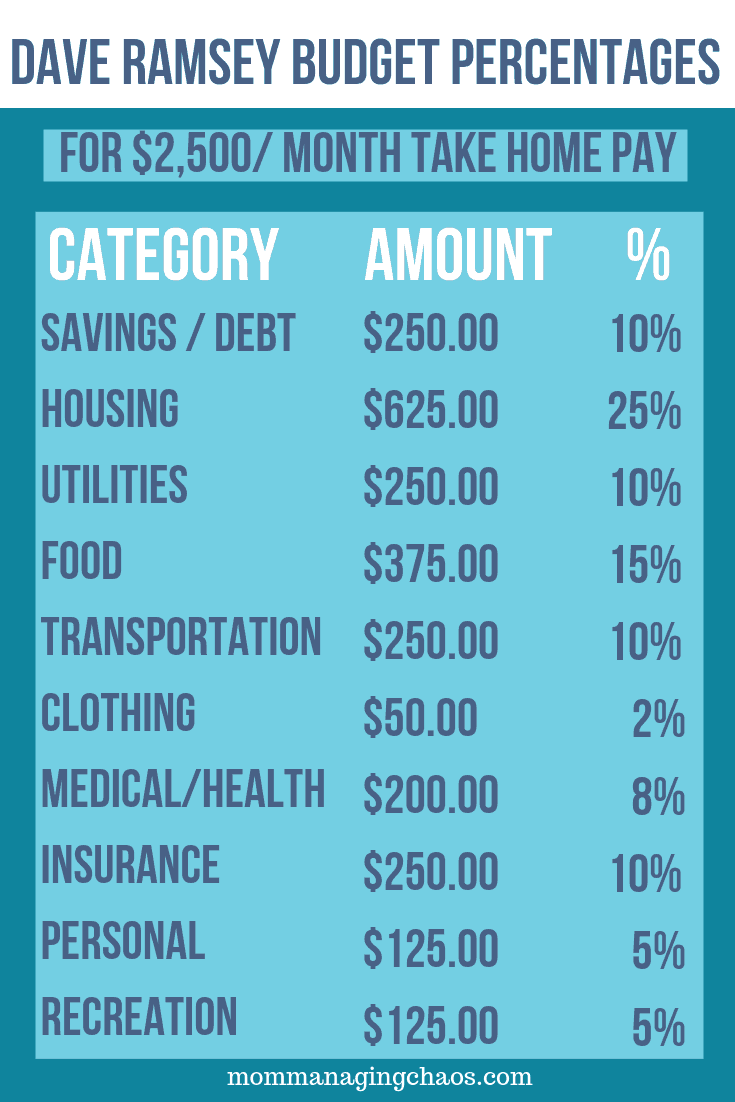
People are seeing the real need to have cash stowed away in an emergency fund.īut research from The State of Personal Finance study by Ramsey Solutions shows that six out of 10 people in America still don’t do a monthly budget. These last few years have shown the world the harsh reality of what happens when the unexpected hits: job losses, paycheck-to-paycheck living. Not only that, but it’s way, way easier when that tool is mobile and built on the zero-based budgeting method. That’s how you get your money actions in line with your money goals.Īnd guess what? It’s way easier to budget when you’ve got a budgeting tool. Put it to good use working for you-every last dollar of it. Anything that’s “extra” doesn’t stay extra. Your budget should hit zero every single month because you’re budgeting all those dollar bills. Keep a little buffer of about $100–300 in your checking account, depending on what works for you. Here’s an important callout: While your budget should hit zero, your bank account should never hit zero. So, if you make $5,000 a month, you’re giving all $5,000 a job: paying bills, saving money, paying off debt, and living life! When you add in every source of income and then subtract every single expense, your budget should end up at zero. Here’s how it works: All the money going out should be the same amount as the money coming in. And when you stick to it, you’ll hit your money goals in no time. It’s your financial game plan for the coming month, every month. Zero-based budgeting is the proven method for budgeting. A zero-based budget puts you in control of your money. It means you get to decide how much money you put toward debt and savings every single month-so you don’t have to worry about it after you’ve already spent most of your paycheck. It just means that you’re giving every single dollar a name and a job to do. But a zero-based budget doesn’t mean you have zero in your bank account. If you’re a little squirmy reading that, we get it. A zero-based budget is when all your income minus all your expenses equals zero. But we also believe debt is the next thing you need to tackle (especially before you get into investing). We love the emphasis on savings first here, since we believe you should have a starter emergency fund of $1,000. With reverse budgeting, you’ll set aside money for saving and investing before you budget for things like housing, gas, food, insurance, debt and the nonessentials. But with the reverse budget, you’re doing the exact opposite. Most budgeting methods have you spending first and saving last. Not only is the line between needs and wants a little too blurry, you’re also dividing your savings so much that you won’t make any real progress toward your goals.

While this method might appeal to first-time budgeters, it’s not great for the long term. That 40% gets divided up into specific savings categories: 10% goes toward retirement, 10% to long-term savings, 10% to short-term savings, and the last 10% to “fun.” Sounds better than the 50/30/20 rule, right? Not so fast. With this method, you’re combining all your wants and needs into 60% of your budget and saving the other 40%. This kind of budget assumes you care only about saving money-not paying off debt. With this method, 50% of your income goes toward your needs, 30% goes toward wants, and 20% goes toward savings. The 50/30/20 rule is based off of percentages (which is nice), but doesn’t leave a lot of room to tackle your debt (which is not so nice). don’t worry, we’ll share our favorite too. Here are four types of budgets people use to plan their spending. What matters most is that it’s a real budget and that you’re actually doing one every month before the month begins! And sure, your version of written might be an app, spreadsheet in Excel, or good ol’ pen and paper-it doesn’t matter.

Remember, a budget is a written plan for your money. For instance, some wise guy might tell you they use the “pillow” budget, which just means they hope to have a pillow of cash left over each month.

Ask anyone on the street what types of budgets exist, and you might hear something new every time.


 0 kommentar(er)
0 kommentar(er)
